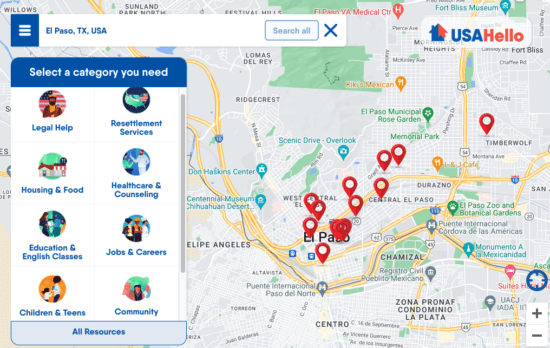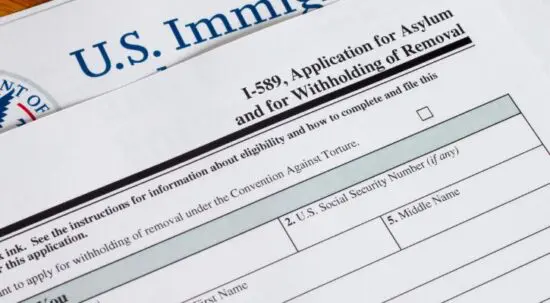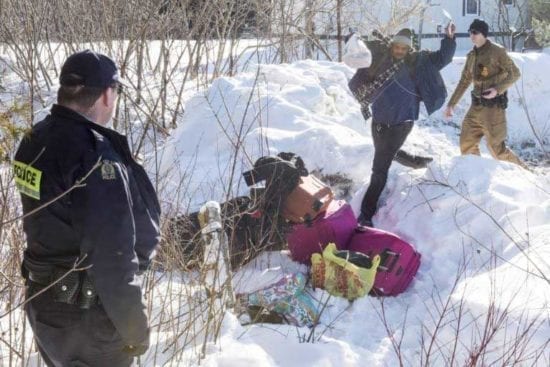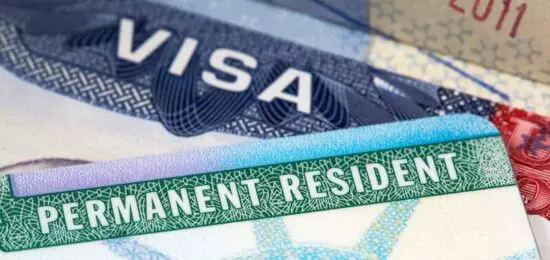What is asylum?
Asylum is a form of protection that allows you to stay in the USA if you have been persecuted or fear persecution in your home country because of your race, religion, nationality, membership in a particular social group, or political opinion.
If you are already in the United States, you must apply for asylum within one year of entering the USA. If you entered over a year ago and have not submitted an application, talk to an attorney as soon as possible to see if you qualify for an exception to the deadline.
Can I seek asylum at the U.S.-Mexico border?
Recent executive orders have made crossing the U.S.-Mexico border and seeking asylum at the border much harder. You still have the legal right to seek asylum. However, the U.S. government has declared a national emergency at the border. This means stricter rules and more enforcement.
- People caught crossing the border are removed immediately. If you cross the border without permission, you may be sent back right away with no chance to seek asylum or other protections.
- People at ports of entry are being turned back. If you try to present yourself at an official port of entry, you will likely be turned away.
- The CBP One app is no longer available. You can no longer use the CPB One app to schedule an appointment to present at a port of entry to seek asylum. All existing appointments have been canceled.
- CBP One parole has been revoked. If you entered the U.S. using the CBP One app, your parole may end sooner. Many people have received notices from DHS stating their parole is ending and telling them to leave the U.S. If you are affected, talk to an immigration lawyer as soon as possible. You may still be able to apply for asylum or other forms of relief.
- Increased military and border enforcement. The U.S. has declared a national emergency at the U.S. Southern border. You should expect increased detention, use of force, military presence, expanded wall construction, and surveillance tools like drones at the border.
- Remain in Mexico (MPP) is on hold. A court ruling has paused this requirement for some people seeking asylum at the southern border to stay in Mexico while waiting for their pending U.S. immigration court cases.
- Title 42 may return. The U.S. may reinstate Title 42, a public health policy that allows the government to quickly expel people at the border without processing asylum claims.
| If immigration officers detain you and you are afraid to return to your home country, say “I am afraid to go back to my home country” as clearly and loudly as possible. Repeat it whenever you can. |
Find help
The asylum process is very complicated. It is important to review your options for legal help. Many organizations and lawyers offer free or low-cost legal services and support. Some are listed below.
You have a better chance of getting asylum with the help of an immigration attorney or accredited legal representative. They can help you complete your application and prepare for your interview or hearing.
- Need legal help? Learn how to find support.
- Seeking asylum? Join the Asylum Seeker Advocacy Project.
- Detained or know someone who is?
- Call the Immigration Detention Hotline at 209-757-3733 or other helpful hotlines
- Learn about your rights with ICE and CBP
- Know what to expect in detention
Local organizations helping people near the border
With the stricter immigration policies, non-profit organizations and shelters have been closing. This list may not be completely accurate.
Arizona
Florence Immigrant & Refugee Rights
International Rescue Committee
Kino Border Initiative
California
Al Otro Lado
Border Angels
Border Kindness
ImmDef
Jewish Family Service
New Mexico
Catholic Charities
Texas
Annunciation House
Good Neighbor Settlement House
Las Americas Immigrant Advocacy Center
ProBAR
Texas RioGrande Legal Aid
If you are looking for support outside the USA, learn where to find international help.

Find legal support and other immigration services in your area.
The information on this page comes from DHS, non-profit organizations working at the border, and other trusted sources. We aim to offer easy to understand information that is updated regularly. This information is not legal advice.






